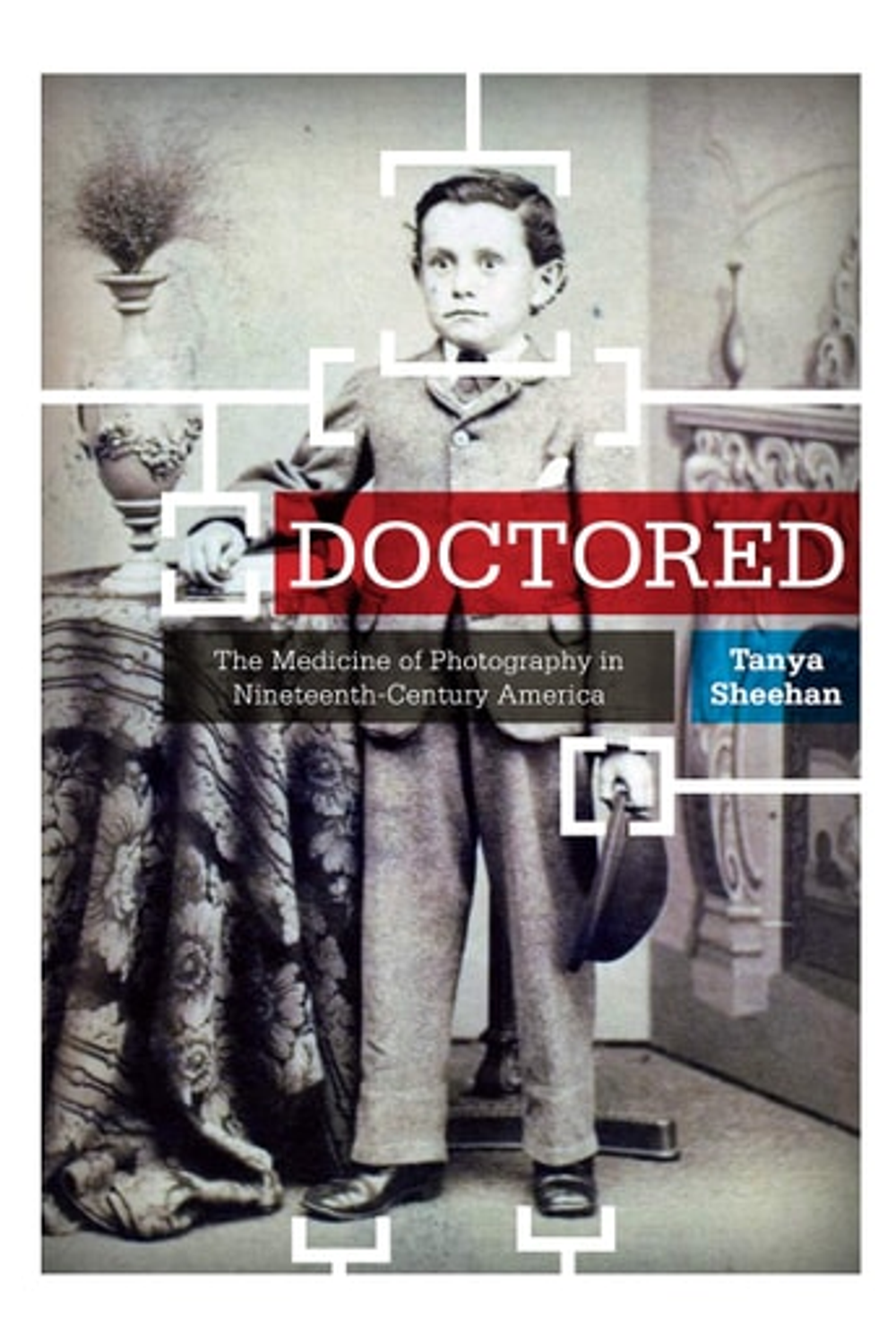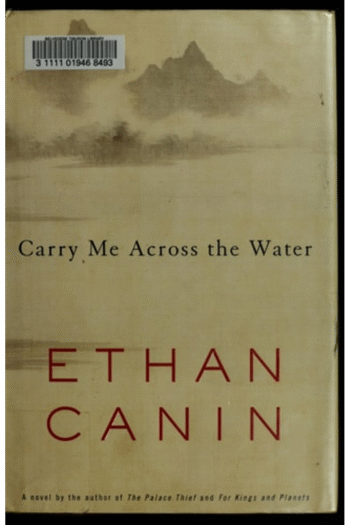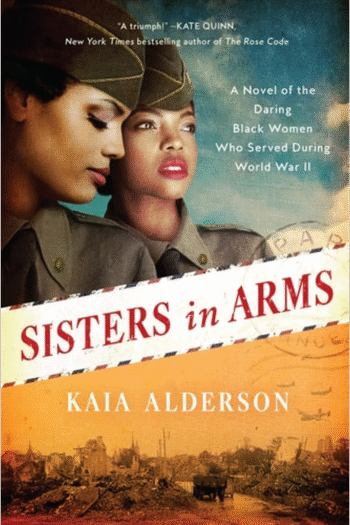Explore the surprising connection between 19th-century American photography and medicine in Tanya Sheehan’s “Doctored: The Medicine of Photography in Nineteenth-Century America.” More than just a historical overview, this illustrated paperback reveals how photographers in post-Civil War Philadelphia strategically leveraged medical language and practices to elevate their professional standing. Sheehan uncovers how studio spaces became analogous to medical settings, influencing perceptions of identity and authenticity. Discover the fascinating ways early photography mirrored medical diagnostic techniques, shaping a new cultural understanding of the self. This insightful book, published by Penn State University Press, is a must-read for anyone interested in the history of photography, medicine, and American culture. ISBN: 9780271037936
Doctored: The Medicine of Photography in Nineteenth-Century America
30,81 $
In stock
In Doctored, Tanya Sheehan takes a new look at the relationship between photography and medicine in American culture from the nineteenth century to the present. Sheehan focuses on Civil War and postbellum Philadelphia, exploring the ways in which medical models and metaphors helped strengthen the professional legitimacy of the citys commercial photographic community at a time when it was not well established. By reading the trade literature and material practices of portrait photography and medicine in relation to one another, she shows how their interaction defined the space of the urban portrait studio as well as the physical and social effects of studio operations. Integrating the methods of social art history, science studies, and media studies, Doctored reveals important connections between the professionalization of American photographers and the construction of photographys cultural identity.
| Authors | |
|---|---|
| Binding | |
| Condition | |
| ISBN-10 | 0271037938 |
| ISBN-13 | 9780271037936 |
| Language | |
| Pages | 216 |
| Publisher | |
| Year published | |
| Weight | 431 |
| Edition | Illustrated |
Related products
-
Carry Me Across the Water
15,84 $ -
Spirit Horses
13,49 $
- Additional information
- Currencies
- USD – United States dollar
- EUR – Euro
- GBP – Pound sterling
- CNY – Chinese yuan
- BRL – Brazilian real
- MXN – Mexican peso
- JPY – Japanese yen
- PHP – Philippine peso
- THB – Thai baht
- PLN – Polish złoty
- CAD – Canadian dollar
- MYR – Malaysian ringgit
- AUD – Australian dollar
- TWD – New Taiwan dollar
- CZK – Czech koruna
- SEK – Swedish krona
- HUF – Hungarian forint
- ILS – Israeli new shekel
- CHF – Swiss franc
- HKD – Hong Kong dollar
- DKK – Danish krone
- SGD – Singapore dollar
- NOK – Norwegian krone
- NZD – New Zealand dollar





